What is a Fluid Chiller?
Industrial Fluid chillers are used in a variety of applications where chilled water or liquid are circulated through process equipment. Commonly used to cool products and machinery, fluid water chillers, sometimes known as process chillers are used in a multitude of different applications including injection moulding, tool and die cutting, food and beverage, chemicals, lasers, machine tool, semiconductors and many more industries.
The function of an industrial fluid chiller is to move heat from one location (usually process equipment or product) to another place (usually the air outside the manufacturing facility). It is very common to use water or a water/glycol solution to transfer the heat to and from the chiller which may require the fluid water chiller to have a reservoir and pumping system. Regardless of your industry and process, making sure that you have sufficient cooling is critical to productivity and cost savings.
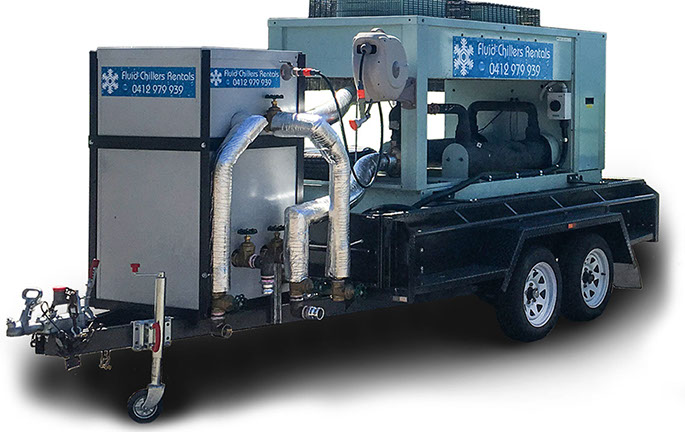
How does a Chiller Work?
In most process cooling applications, a pumping system circulates cool water or a water/glycol solution from the chiller to the process. This cool fluid removes heat from the process and the warm fluid returns to the chiller. The process water is the means by which heat transfers from the process to the chiller.
Fluid chillers contain a chemical compound, called a refrigerant. There are many types of refrigerant and applications depending on the temperatures required but they all work on the basic principle of compression and phase-change of the refrigerant from a liquid to a gas and back to a liquid. This process of heating and cooling the refrigerant and changing it from a gas to a liquid and back again is the refrigeration cycle.
The refrigeration cycle starts with a low-pressure liquid/gas mix entering the evaporator. In the evaporator, heat from the process water or water/glycol solution boils the refrigerant, which changes it from a low-pressure liquid to a low-pressure gas. The low-pressure gas enters the compressor where it is compressed to high-pressure gas. The high-pressure gas enters the condenser where ambient air or condenser water removes heat to cool it to a high-pressure liquid. The high-pressure liquid travels to the expansion valve, which controls how much liquid refrigerant enters the evaporator, thereby beginning the refrigeration cycle again.
There are two types of condensers used in chillers; air-cooled and water-cooled. An air-cooled condenser uses ambient air to cool and condense the hot refrigerant gas back down to a liquid. It can be located inside the chiller or can be remotely located outside, but ultimately it rejects the heat from the chiller to the air. In a water-cooled condenser, water from a cooling tower cools and condenses the refrigerant
Industry sectors that commonly use Chillers
Agricultural
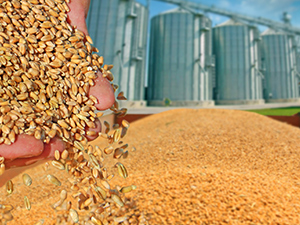
Beverage & Wine

Chemicals & Plastics
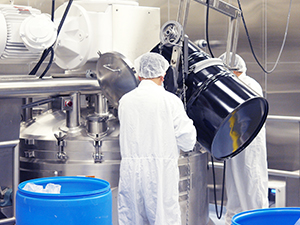
Food Production
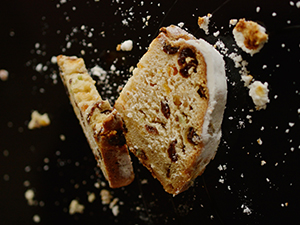
Medical Industry

Printing & Textiles
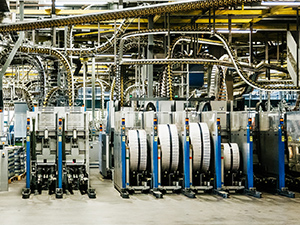
Fluid Chiller Hire & Rental
In urgent need of a fluid chiller NOW?
Our fluid chiller hire and rental models incorporate the latest fluid chiller technology and are highly reliable and efficient. Our units are easily transportable, quiet and highly efficient.
Fluid Chiller Hire In Victoria, New South Wales & Queensland
Offices in: Melbourne | Brisbane | Mackay

Hire & Rentals
Head Office & Postal Address
Corinda, QLD 4075
Australia
Copyright Fluid Chiller Services 2025 | Website By: Clark Marketing & Design
